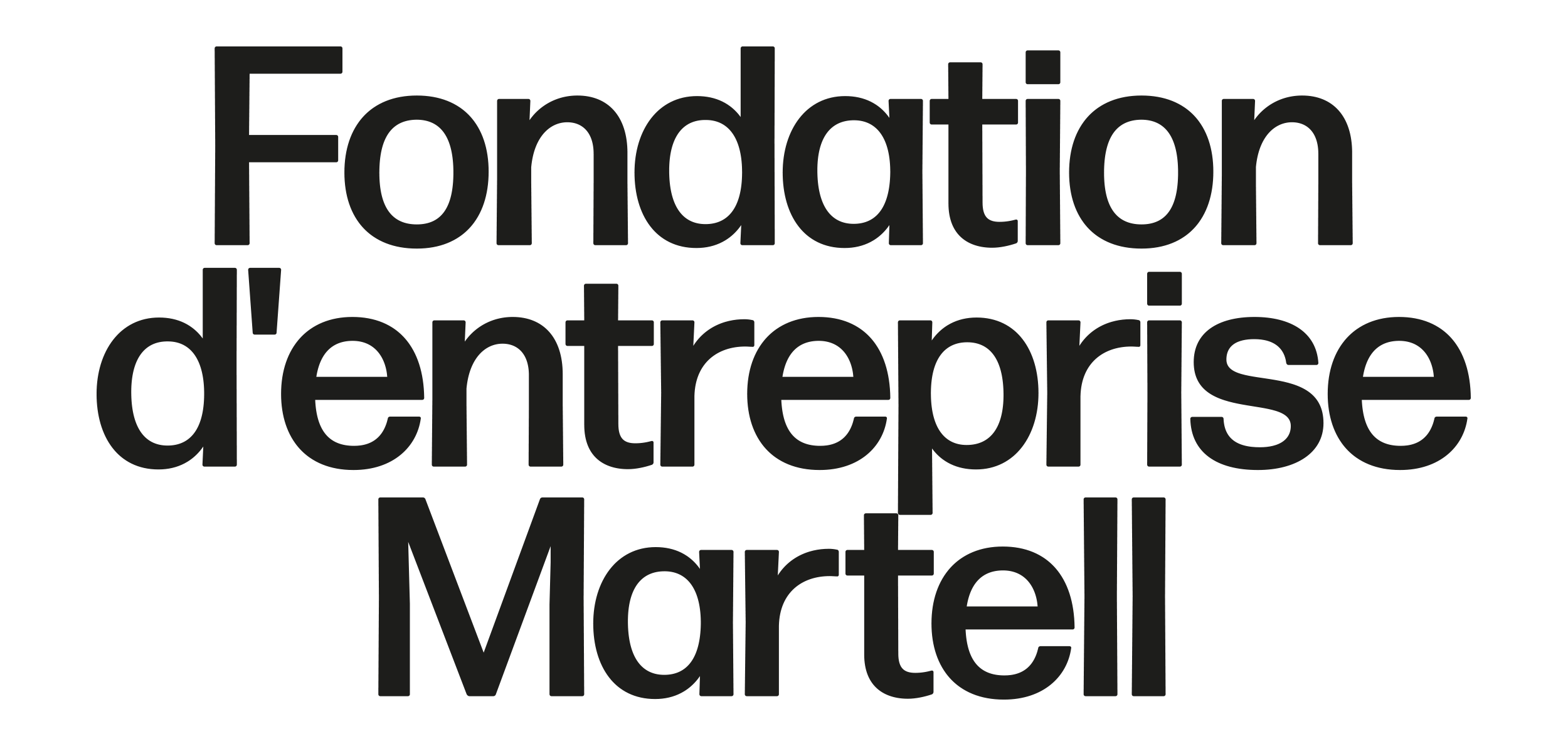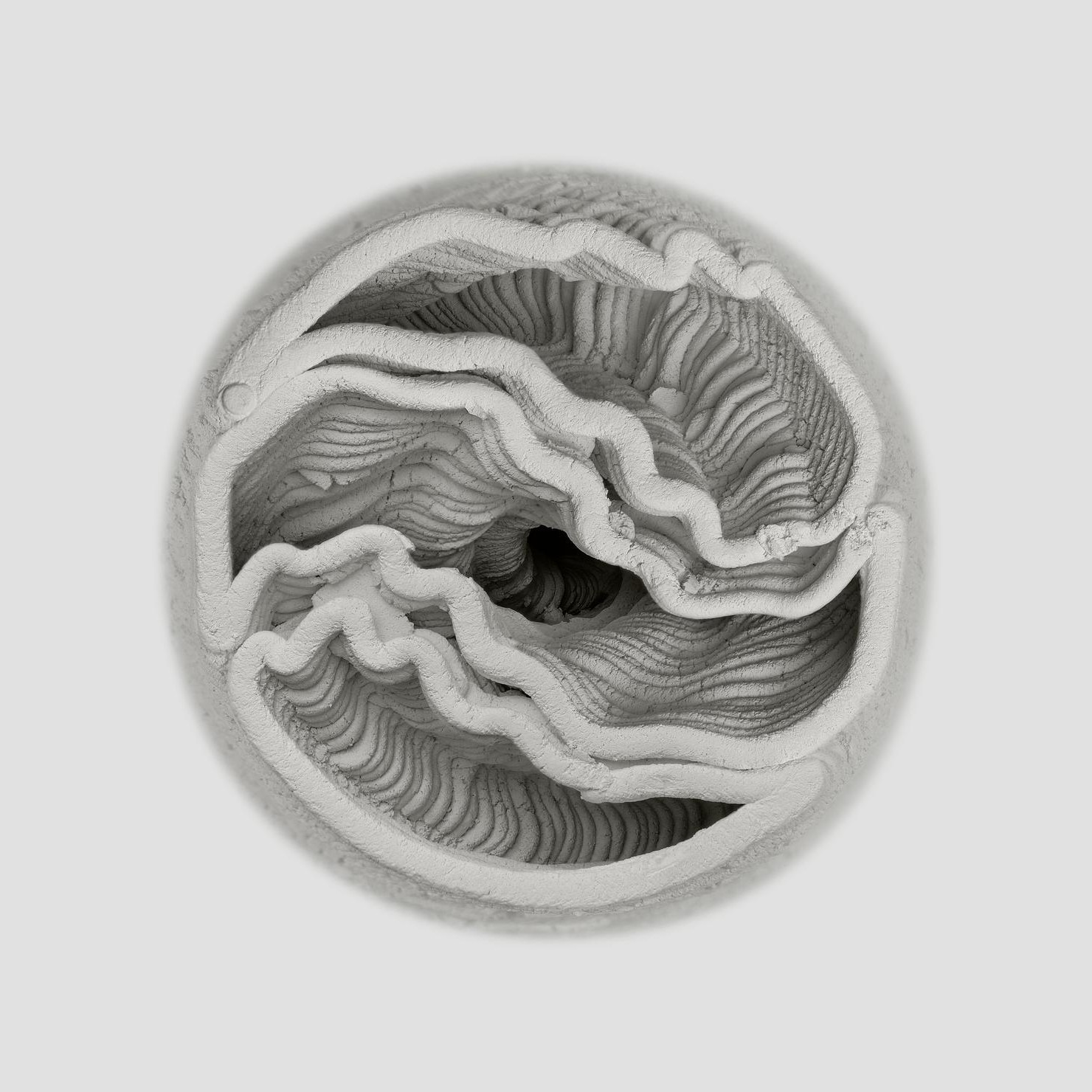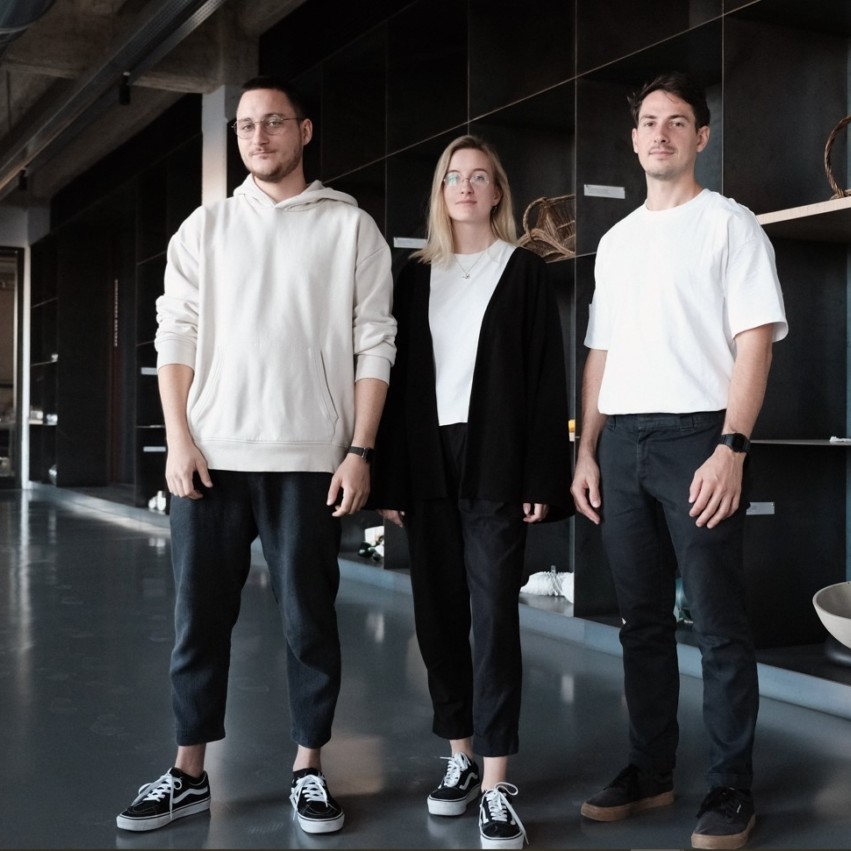Pjorkalla Collective
Residence from 02/10/2023 to 27/10/2023
The Pjorkkala collective will present its project “Dodola” on Wednesday October 18, 2023 à 6.30 pm
R+1. Free entrance, upon rservation.
The Project
The Pjörkkala collective, whose work was featured at last year’s “SuperVernacular” Biennale in Slovenia, will be in residence at the Foundation in October. Based in Ljubljana, their experimental practice resides at the intersection of cutting-edge technologies and the observation of vernacular customs. Building upon their ongoing research on river pollution in Slovenian forests, they will focus on developing a new water filter using viticultural residues tailored to its environment, the Charente River, leveraging the capabilities of ceramic 3D printing.
Pjorkkala is a design collective founded in 2021 and based in Ljubljana, Slovenia. The collective’s core members, Luka Pleskovič, Pia Groleger, and Žan Girandon bring backgrounds in industrial design, specializing in areas such as UX design, interior design, project management, and product design. Pjorkkala has been recognised through awards, including the Project Excellence Award by Distributed Design, the Zagreb Design Week Award, Made in Slovenia Selection of Design Excellence and the Big See Award. Driven by a commitment to sustainability and experimentation, Pjorkkala’s creativity revolves around the exploration of ceramic materials and the fusion of modern technology with traditional knowledge. Their work reflects a thoughtful consideration of the societal and environmental impacts of design. Pjorkkala stands at the forefront of design innovation, continually pushing boundaries and redefining the possibilities of their craft.

Collectif Pjörkalla, Dodola: water filters, 2022
3D print mineral composite, Ljubljana Biennal of Design 2022 Objects in the process of experimentation, the complex-shaped water filtration modules displayed here are made of clay mixed with organic matter. The firing process is designed to increase the porosity of the object, while the gyroid structure of the object increases the available filtration surface.


